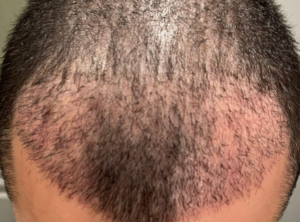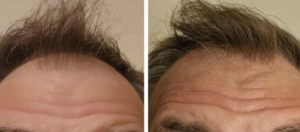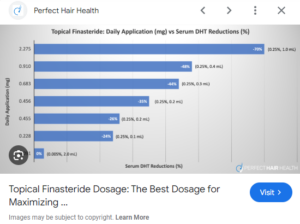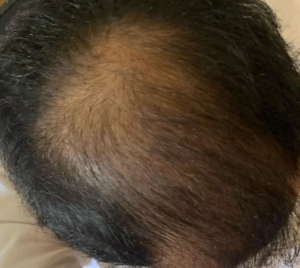As title asks, I feel like I can spot a transplant almost instantly because they get a juvenile hairline, and it gives it away straight away and unless your Ronald Reagan is unrealistic for most guys past the age of 25 . Im just wondering how a transplant surgeon would react if you asked for a mature hairline and how it would look.
Most people don’t know what normal is, so they unfortunately leave the final design of a hair transplant to the surgeon. Mature hairlines are slightly different in different men. The most striking difference is when the hairline independently recedes while they retain a persistent forelock in the juvenile location. This is where most surgeons make their mistakes because the retained forelock in the juvenile position may not be permanent, so decisions have to be made to account for the changes in the forelock position with age. Your surgeon must have a sense of art and balance and imagine how your hairline will change as you age.
Like Bill Clinton, a small percentage of the population retains their juvenile hairline into adulthood. When his hairline slightly receded, he still retained most of the juvenile hairline. For such men, I might restore the recession; however, I would never put back a juvenile hairline in an adult who doesn’t have one.
You must have a conversation with your surgeon BEFORE you agree to a hair transplant that you will be stuck with for the rest of your life. It is the most important decision when getting a frontal hair transplant. My hairline is the perfect mature hairline. Its location is the same distance from my glabella (the grove on the upper nose between your eyes) as the tip of my nose is from my chin. This rule is often broken by me when I do a hair transplant when I deal with a persistent forelock, but that is always a discussion I have with the patient before the surgery. (you can write to me at williamrassman33@gmail.com if you want a second opinion or just want to talk about your hairline situation).













